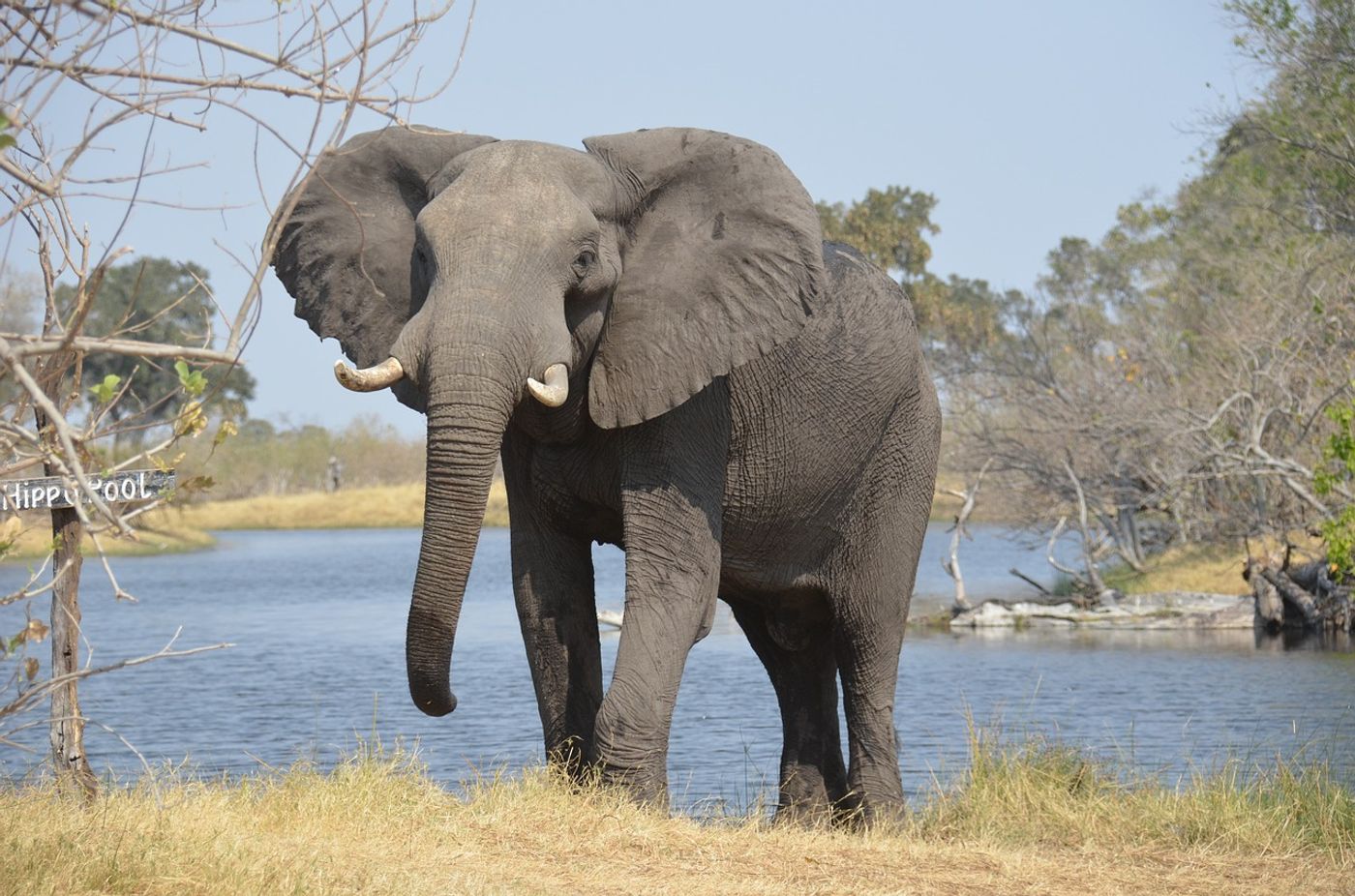Scientists Expose East African Elephant Poaching Patterns
Elephant poaching is an ongoing problem throughout Africa as poachers develop sneakier tactics for collecting their trophies. On the other hand, efforts to deter elephant poaching or at least catch the villains in the act remain as strong as ever.
Animal conservationists need to stay one step ahead of the bad guys for their deterrents to work, but doing so requires a bevy of resources. One way to make the job easier is to deploy modern technologies like drones or GPS tracking devices, just to name a few.
Studying poachers’ behavior is no easy task, so researchers from the University of York teamed up with the Tanzania Wildlife Research Institute (TAWIRI) to learn more about East African elephant poaching activity. Their results have been published in the journal Biological Conservation this week.
Image Credit: Pixabay
As a part of their research, the team took a closer look at aerial survey data collected between the years 2013 and 2015. Within this time window, the Ruaha-Rungwa elephant population dropped from approximately 20,000 to 15,800 because of illegal poaching.
While they were sifting through the data, the researchers paid close attention to where most of the elephant carcasses ended up, and when. This information uncovered a handful of particular patterns that seem to provide valuable insight regarding how, when, and where poachers attack.
As it would seem, poaching was most common during the region’s wet season when tourists were less frequent, and most incidents took place far away from ranger posts where poachers would be more likely to get caught.
Interestingly, three of the 13 ranger posts included in the aerial surveys exhibited more nearby poaching activity than others. That said, the study seems to put a particularly heavy focus on potential ethical problems concerning poachers and rangers at the time.
"Since the Environmental Investigations Agency produced a key report in 2014, there has been concern about past collusion between rangers and poachers. Our study substantiates those concerns and puts them within the wider context of extremely heavy poaching at the time," explained study lead author Dr. Colin Beale from the University of York’s Department of Biology.
"We assumed most carcasses were poached and expected the poachers to avoid ranger posts, but instead we found avoidance patterns were very variable from post to post."
"When we looked at individual ranger posts, we found some posts including the national park headquarters showed a strong effect on reducing poaching, but three of 13 outlying posts were associated with clusters of elephant carcasses within a radius of 10 kilometers," he continued.
Related: Has poaching led to elephants being born without tusks?
Notably, a lot has changed since the 2013-2015 era, and elephant poaching has dropped substantially. Much of this success comes from efforts made by local governments in support of elephant conservation, so many of the potential ethical issues from the past shouldn’t exist anymore.
With the information that the researchers uncovered from the aerial surveys, it’s possible to paint a clearer picture of exactly when and where elephant poachers prefer to strike. That said, conservationists can use what they’ve learned to reinforce anti-poaching efforts in the future.
With a little bit of luck, perhaps elephant populations throughout the region will bounce back to comfortable amounts before it’s too late.
Source: University of York









